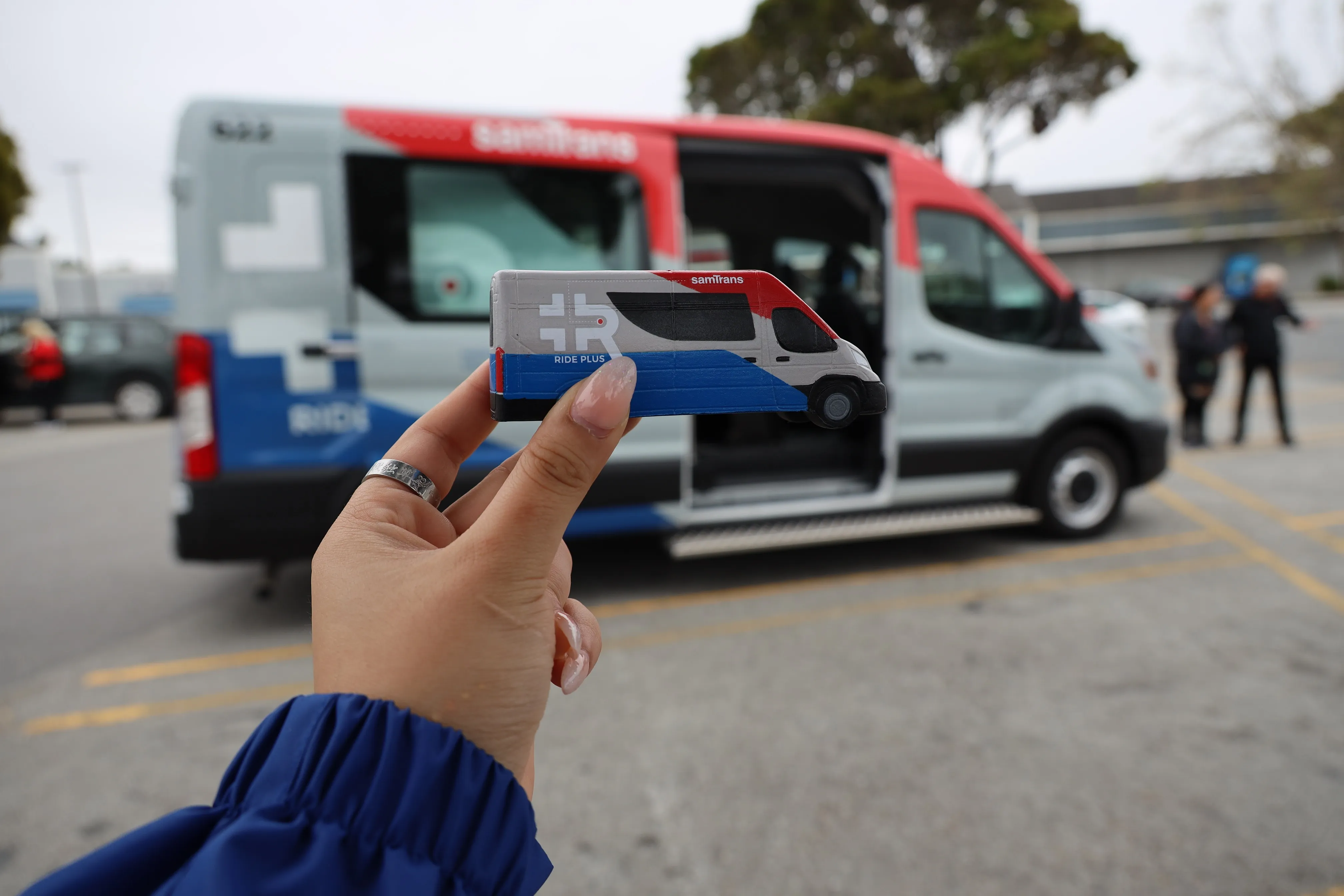
Transdev North America launched a new, kerb-to-kerb microtransit service with San Mateo County Transit District (SamTrans) in California.
Ride Plus is a 'turnkey' ride-share solution from Transdev, with the company providing management of the vehicles, staff, safety maintenance and the customer service call centre operations, along with the SamTrans Ride Plus app technology.
It is available on demand through the app, by phone or online in East Palo Alto, which includes the Belle Haven neighbourhood of Menlo Park, and Half Moon Bay.
It is free for passengers until the end of July, and after that trips will be "as affordable as a standard bus ride".
Users can pay using cash, showing a bus pass or tapping their Clipper card. Five vans seat up to seven passengers plus one wheelchair each, while two additional vans can accommodate up to 11 passengers.
“We believe Ride Plus will help SamTrans achieve its goals of bringing the efficiency and connectivity of transit to these areas,” said SamTrans CEO April Chan.
“With this new affordable and eco-friendly transit option, we’re able to advance transportation equity and provide the benefits of transit to those who need it most.”
Ride Plus service is offered seven days a week and service hours vary: East Palo Alto/Belle Haven 6am-10pm; Half Moon Bay 8am-5pm.
SamTrans says users of Uber or Lyft will feel very familiar with a point-to-point service, with dynamic routing, but there will be no dynamic pricing.
Rides can be scheduled up to seven days in advance.









